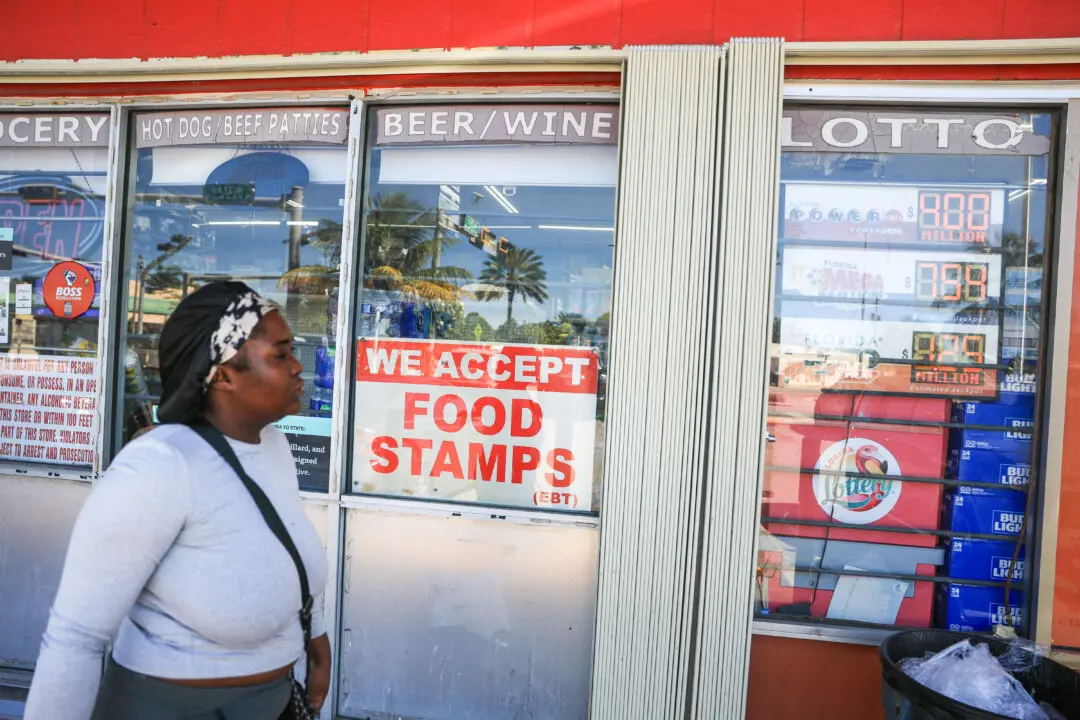The law enforcement officers who responded to the May mass shooting at a Texas elementary school could have quickly stopped the shooter, according to an after-action report released on July 6.
An officer who could have fired a rifle at the shooter before he entered the school should have done so without waiting for clearance from a supervisor, the report says.





